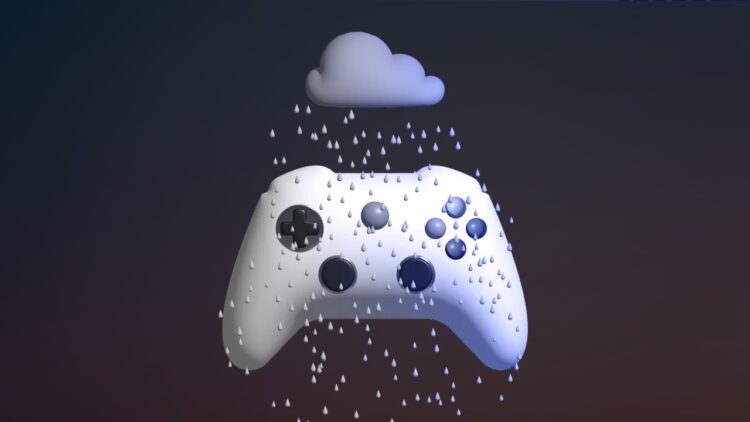The future of gaming right now!
The world of home gaming has changed and evolved remarkably since its initial introduction to the marketplace in the 1970s. From the old Atari video game cartridges to the home computers of the ZX Spectrum, Commodore 64, and Amstrad, through to the rise of consoles such as Nintendo, Sega, and Playstation, the progression of home gaming has been a story of increasing sophistication in technology, gameplay, and graphics that is ever evolving to this very day.
In the present era, it has reached new heights of sophistication, not just in terms of tech, but also in specialist accessories such as gaming chairs, gaming monitors, and now so-called CloudGaming.
What Is CloudGaming?
CloudGaming was first introduced at the 2000 E3 video game industry trade event and eventually hit the marketplace some three years later. The technology is similar to more conventional video game devices but with the major difference being that it is not played from a cartridge or disc but rather is outputted online from a remote server which streams directly to a home device that can render it for playability.
It is a highly convenient method of gaming as it eliminates the need for expensive equipment and can be played through a range of devices such as smartphones and tablets. Players can also engage one another, either in competition or cooperation, with multi-person games so long as each player is streaming the same signal simultaneously, requiring only a stable and strong high-speed internet connection.
In this article we will explore the advantages and disadvantages, the pros and cons of GameClouding and where its future as a multi-platform game lies.
So plug in, boot up, and let’s go…
A Brief History of CloudGaming
As mentioned previously, CloudGaming technology was first introduced to the world in 2000 at the gaming industry trade event E3 in 2000 where it was tentatively named GameCluster. It hit the marketplace in 2003 but failed to ignite major interest or buzz, mainly because of an initially weak supporting infrastructure. It wasn’t until major companies such as Sony, Microsoft, and Amazon cottoned to its potential – both technological and commercial – and started investing in the overall infrastructure of the format that it started gaining substantial traction.
How It Works
GameCloud is so named because the games themselves are not operated from a cartridge or disc in a console or personal computer. Rather they are played from a remote server – or ‘cloud’ – that is directly streamed to your home device. The processing power of the game is operated from the server itself and requires only a strong internet connection to handle the streamed data. The advantage of this is you can play games on any number of devices that have an internet connection, making it a highly convenient and portable way of gaming.
Advantages
Aside from the above mentioned advantages of device flexibility and the elimination of need for purchasing hardware, another advantage to CloudGaming is that fact that the sophistication level of the game being played is not limited by the device you are playing it on, meaning you can access AAA games of amazing quality simply by accessing the remote server streaming it to your device and away you go!
Another big advantage is so long as you pay the subscription fee, you can stream literally hundreds of games from such gaming companies as XBox, Playstation, and Nvidia without the need for purchasing separate hardware from said companies.
Disadvantages
The major handicap for CloudGaming is its inevitable dependence on a strong internet connection to handle the bandwidth of data streaming to your device. This puts anyone without such a consistently stable connection at a major disadvantage as with a weak or unstable internet connection, the game will start jumping frames and become otherwise rather choppy in overall playability.
Another disadvantage to GameCloud is that being still a developing emergent platform, its infrastructure is still a work in progress with Google even shuttering their Stadia CloudGaming operation in late 2022 due to lack of market scaling.
Future
Despite some hiccups, CloudGaming is gaining popularity as more tech companies get into the marketplace, investing in its infrastructure and tech. And the gaming community seems to have finally woken up and embraced the technology, with 31 million active players spending some $2.4 billion on CloudGaming services last year alone.
CloudGaming certainly has the potential to revolutionize the gaming industry such as streaming services like Netflix did to home entertainment over the last 15 years. Whether it incites that revolution or becomes a passing fad like HD-DVD or Laserdisc is a chapter still to be written.




